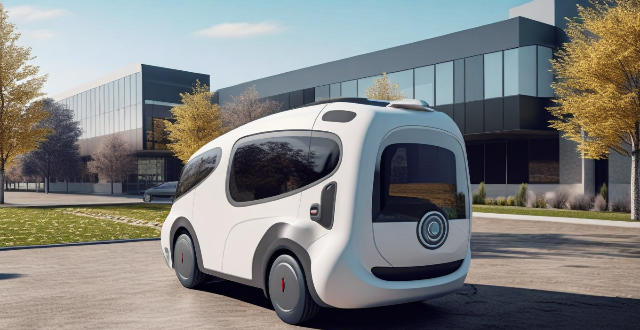Maintaining a series hybrid electric vehicle (HEV) involves regular checks and replacements similar to conventional gasoline-powered vehicles, along with specific tasks for the electric components. These tasks include tire rotation and air pressure checks, battery state of charge monitoring, brake fluid exchange, oil changes, air filter replacement, spark plug inspection, belt and hose checks, electrical system maintenance such as battery pack health checks, electric motor lubrication, and inverter/converter diagnostics. Additional tips include following manufacturer guidelines, using genuine parts, scheduling regular check-ups, familiarizing with drive modes, avoiding heavy loads, keeping the interior tidy, and carrying an emergency kit.

Maintenance Required for a Series Hybrid Electric Vehicle
A series hybrid electric vehicle (HEV) is a type of hybrid vehicle that uses a combination of an internal combustion engine and an electric motor to power the wheels. The maintenance required for a series HEV is generally similar to that of a conventional gasoline-powered vehicle, with some additional considerations for the electric components. Below is a detailed overview of the maintenance tasks involved in keeping your series HEV running smoothly.
Regular Maintenance Tasks
Tires
- Rotation: Rotate tires every 5,000-7,000 miles to ensure even wear and extend their lifespan.
- Air Pressure Checks: Check tire pressure monthly and before long trips to maintain optimal fuel efficiency and handling.
Battery
- State of Charge: Monitor the state of charge regularly to ensure the battery is not being overcharged or undercharged.
- Cooling System: Check the battery cooling system periodically to prevent overheating and potential damage.
Brakes
- Brake Fluid Exchange: Replace brake fluid every 2-3 years or as recommended by the manufacturer to prevent corrosion and maintain proper braking performance.
- Brake Pads and Rotors: Inspect brake pads and rotors for wear and replace as needed.
Oil Changes
- Engine Oil: Change the engine oil according to the manufacturer's recommendations, typically every 5,000-10,000 miles.
- Transmission Fluid: Check and replace transmission fluid as needed, following the manufacturer's guidelines.
Air Filter
- Replacement: Replace the air filter at regular intervals or when it appears dirty to ensure proper airflow and engine performance.
Spark Plugs
- Inspection and Replacement: Inspect spark plugs periodically and replace them if they show signs of wear or fouling.
Belts and Hoses
- Inspection: Regularly inspect belts and hoses for cracks, leaks, or other signs of deterioration.
- Replacement: Replace any damaged belts or hoses promptly to prevent failure and potential engine damage.
Electrical System Maintenance
Battery Pack
- Health Check: Have the battery pack's health checked periodically by a qualified technician to identify any potential issues early on.
- Cooling System: Ensure the battery pack's cooling system is functioning properly to prevent overheating and prolong the battery's life.
Electric Motor
- Lubrication: Lubricate the electric motor as specified by the manufacturer to reduce friction and wear.
- Cooling System: Check the electric motor's cooling system regularly to maintain its efficiency and prevent overheating.
Inverter/Converter
- Diagnostics: Perform diagnostics on the inverter/converter periodically to detect any issues that could affect its performance.
- Cooling System: Ensure the inverter/converter's cooling system is working correctly to prevent overheating and potential damage.
Additional Maintenance Tips
- Follow Manufacturer Guidelines: Always refer to your vehicle's owner's manual for specific maintenance schedules and recommendations.
- Use Genuine Parts: Use genuine parts recommended by the manufacturer to ensure compatibility and avoid potential issues.
- Regular Check-ups: Schedule regular check-ups with a certified mechanic who specializes in hybrid vehicles to catch any developing problems early.
- Drive Modes: Familiarize yourself with your vehicle's different drive modes and use them appropriately to maximize fuel efficiency and extend the life of your HEV's components.
- Avoid Heavy Loads: Avoid carrying heavy loads unnecessarily, as this can put additional strain on your vehicle's components and decrease fuel efficiency.
- Tidy Interior: Keep the interior clean and free of clutter to maintain a comfortable driving environment and prevent distractions while driving.
- Emergency Kit: Carry an emergency kit containing essential tools, spare fuses, and jumper cables in case of unexpected situations or breakdowns.